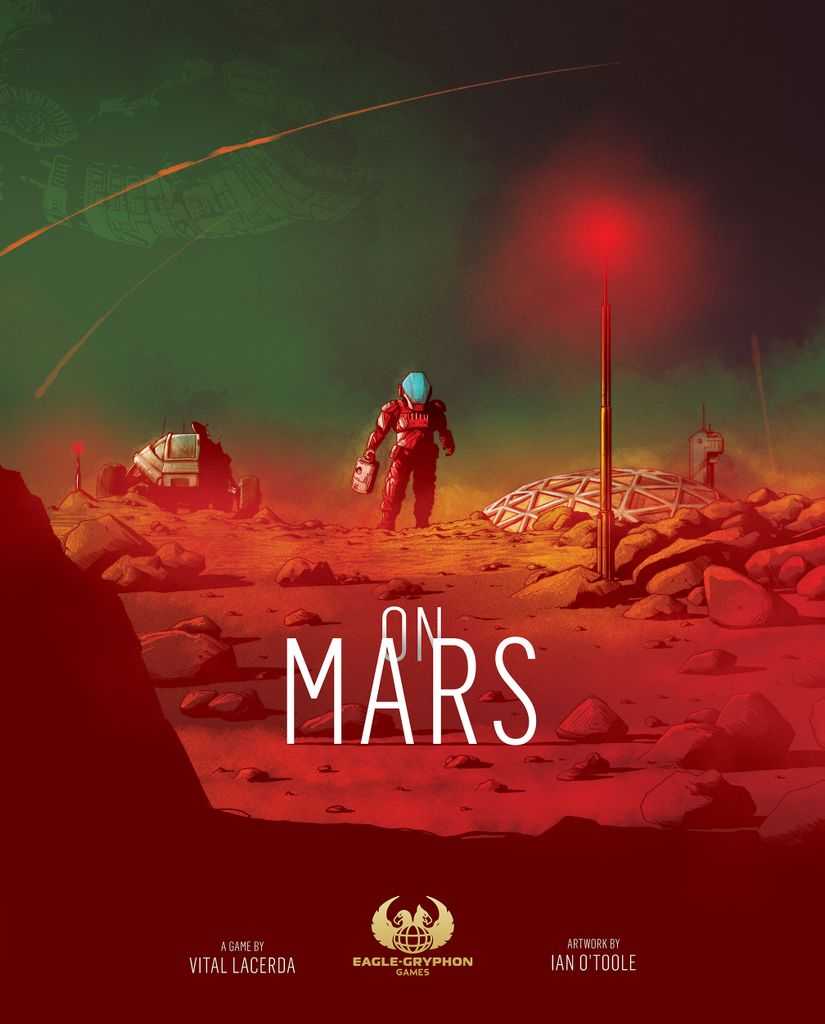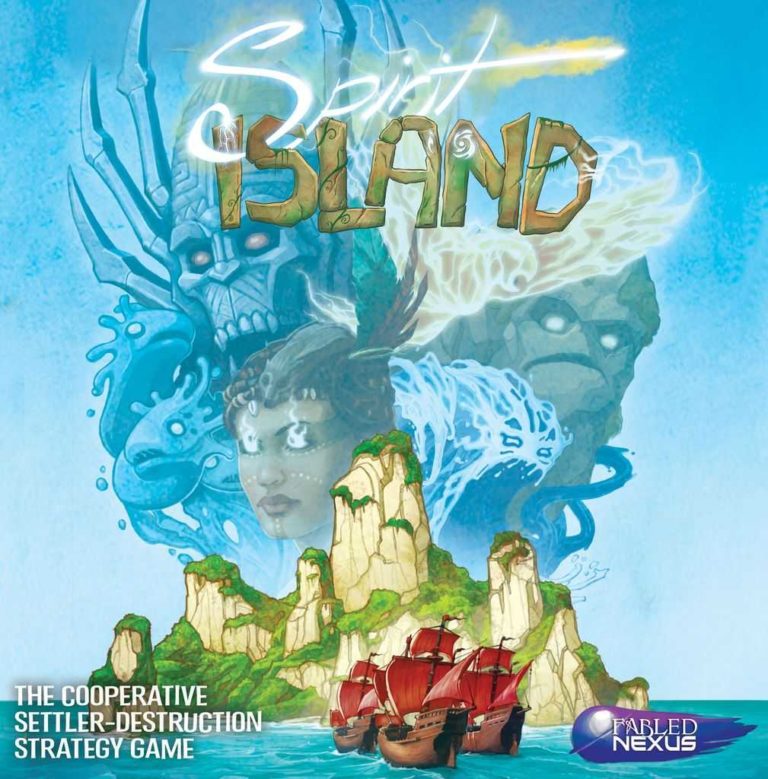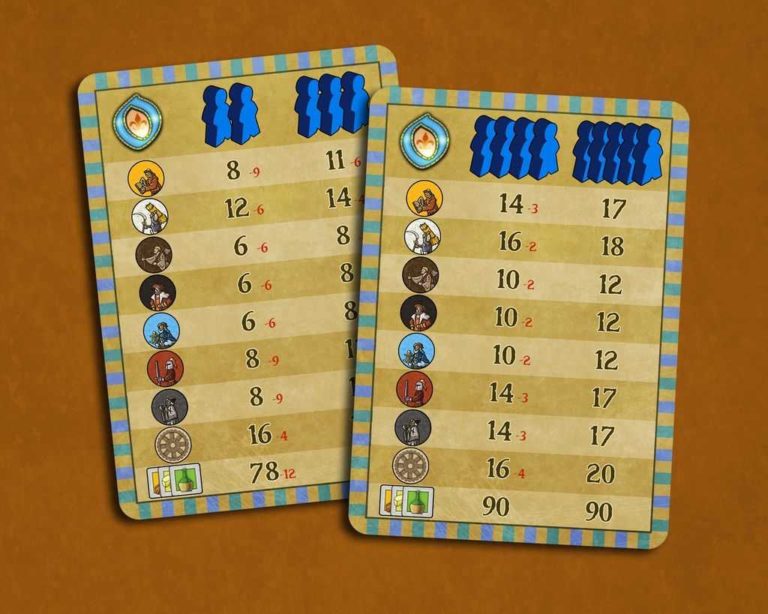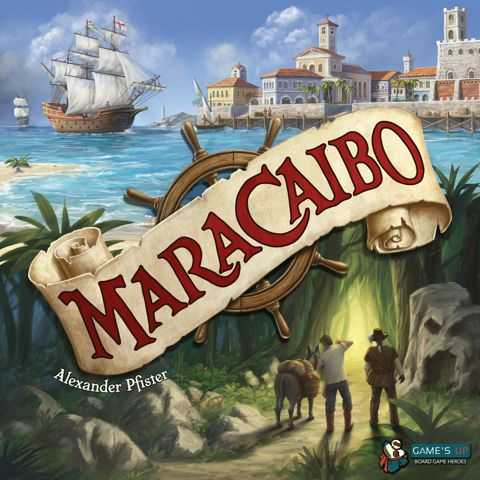On Mars Review: The Ultimate Guide
On Mars Review: The Ultimate Guide
Embarking on a journey to the red planet has always been a fascination in science fiction, and On Mars brings this dream to the tabletop in a strategically rich and intricately designed board game. This On Mars review aims to dive deep into the game’s mechanics, art, and the overall experience it offers. I remember the first time I set up the game, the anticipation of charting unknown territories and building a new world on Mars filled the room. Every decision felt monumental, mirroring the colossal task of colonizing a new planet.
Key Points:
- On Mars is a strategically rich board game set on the red planet.
- The game offers a blend of complex strategies and thematic depth.
- Key mechanics include worker placement, resource management, and tile placement.
- The game’s art and components enhance the immersive experience.
- Players must balance resources, objectives, and adapt to challenges.
- The strategic depth of the game challenges even seasoned gamers.
- Playing against others adds a competitive edge and social dynamics.
The game presents a blend of complex strategies and thematic depth that appealed to me from the get-go. Initially overwhelmed by the rules and the sheer scale of possibilities, my fascination grew with each play. The game’s challenge lies not just in optimising your moves but in adapting to an ever-evolving Martian landscape, and this dynamic has clinched On Mars a spot on my gaming shelf. Let’s explore what makes this game a remarkable adventure in the vast world of board games.
Delving into the Martian Terrain
Exploring On Mars is like setting foot on unfamiliar ground, brimming with opportunities and challenges. From the strategic depth it offers to the stunning artwork that brings the red planet to life, the game invites players into a immersive world of colonization and survival. Its unique mechanics and theme seamlessly integrate, creating an engaging experience for all who venture into this otherworldly colony.
Overview of On Mars
| Aspect | Detail |
|---|---|
| Designer | Vital Lacerda |
| Art and Graphics | Ian O’Toole |
| Players | 1-4 |
| Playtime | 90-150 minutes |
| Age | 14+ |
| Complexity | High |
| Theme | Mars Colonization, Space Exploration, Science Fiction |
| Mechanisms | Worker Placement, Tile Placement, Resource Management |
This table offers a snapshot of the game, highlighting its complexity and thematic richness. On Mars stands out as a masterpiece of game design, marrying deep strategic gameplay with a compelling narrative of space exploration.
On Mars is a masterpiece of game design that combines deep strategic gameplay with a captivating narrative of space exploration.
Key Mechanics and Gameplay
The gameplay of On Mars is driven by a mix of core mechanics that require players to think critically and plan ahead. Here are some of the key mechanics:
- Worker Placement: Players assign their workers to various tasks on the colony or in orbit, each offering different actions and benefits.
- Resource Management: Managing resources is crucial for building structures, upgrading buildings, and progressing in the game.
- Tile Placement: Building the colony involves strategically placing tiles on the board to optimize resource production and meet objectives.
- Action Selection: Choosing the right action at the right time is pivotal, as it influences your and potentially other players’ strategies.
These mechanics intertwine to create a rich and challenging gameplay experience. Players must balance immediate needs with long-term goals, navigate the tight competition for resources and spaces, and adapt to the shifting dynamics of the colony and orbit.

The Art and Components of On Mars
Upon opening the box, you’re greeted with a visual feast. Ian O’Toole’s artwork captures the stark beauty of the Martian landscape, while the game’s components are of exceptional quality, enhancing the immersive experience. The attention to detail in the design of the colony tiles, resource pieces, and the rover miniatures adds depth to the gameplay, making colonists’ efforts to thrive on this hostile planet all the more tangible.
The board game’s art and components serve as more than just eye candy. They play a vital role in storytelling, drawing players into the world of On Mars. The iconography, while initially daunting, becomes intuitive over time, facilitating smoother gameplay. Each element, from the carefully crafted buildings to the modular board representing the planet’s surface and orbit, contributes to a cohesive and engaging space exploration theme.
The Strategic Depth of On Mars
On Mars is not for the faint-hearted. Its strategic depth will test the mettle of even the most seasoned board gamers. Every decision carries weight, and each turn presents an opportunity to advance your strategy or adapt to new challenges. The game demands careful planning, foresight, and a willingness to pivot when threats or opportunities arise.
Balancing Resources and Objectives
Achieving balance in On Mars requires a keen eye and a strategic mind. Players must constantly weigh their options, deciding whether to invest in immediate gains or to plan for future advancements. This balancing act becomes a crucial aspect of gameplay, as resources are tight and the competition for them can be fierce.
Managing your resources effectively means understanding not just what you need now but anticipating future needs. Players learn to strategically build their supply of resources, navigate the scarcity of crucial materials, and optimize their building placement. This creates an intricate dance of priorities, where every action can have a multitude of impacts.
Players must learn to strategically balance immediate gains with future advancements in On Mars, managing resources effectively and anticipating future needs to optimize gameplay.
The Role of Worker Placement and Action Selection
Worker placement and action selection are the heart and soul of On Mars, blending strategy and adaptability in a way that’s as challenging as it is rewarding. Every turn becomes a puzzle, where you must weigh the potential benefits of building your colony against the resources and actions available to you. This mechanic enriches the gameplay experience by forcing players to think several steps ahead, considering not just what they need now, but how their actions will impact their strategies in the longer term.
The duality of choosing actions either in the orbit or on the planet surface introduces a strategic depth that is rare and compelling. Each decision from whether to expand your building efforts, to when to return to orbit for crucial resources, impacts your colony’s development significantly. Mastering the art of efficiently selecting actions while anticipating your competitors’ moves is a thrilling aspect of On Mars, making every game feel as fresh as it is intellectually stimulating.
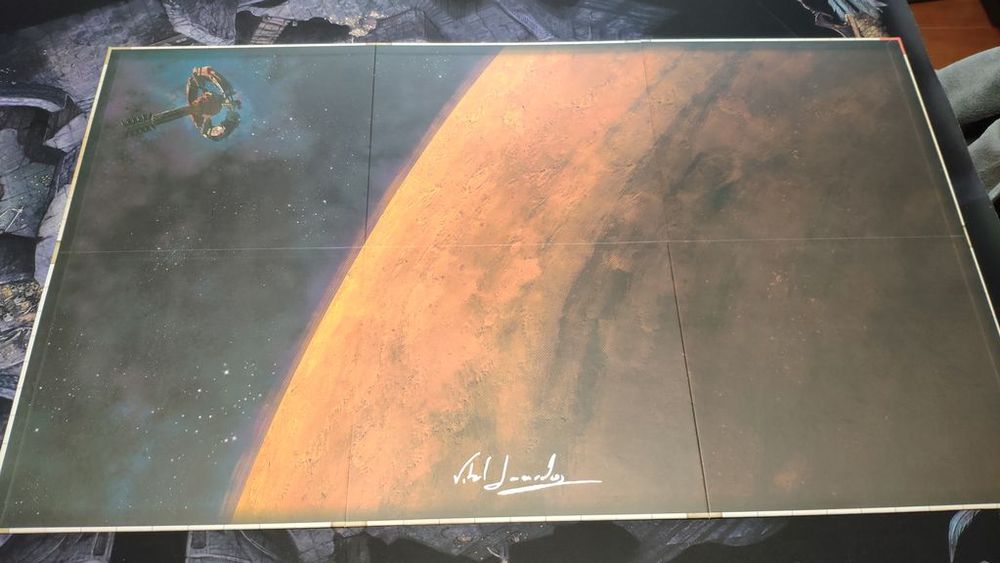
Competitive Edge: Playing Against Others
Playing On Mars against others is where the game truly shines, turning a complex strategy session into an intense battle of wits and foresight. The competition isn’t just about who can build the most or accumulate the most resources; it’s about cleverly navigating around your opponents’ strategies, potentially blocking their actions or outpacing them in colony development. This competitive edge adds a layer of excitement to the game, as you not only manage your resources but also play the players.
The interaction between players, whether through competing for building spots, resources, or strategic orbit actions, keeps the game dynamic and unpredictable. You’re constantly observing and adapting, knowing that one shrewd move by an opponent could unsettle your carefully laid plans. Thus, while On Mars is a game of individual strategy, the social dimension of competing and interacting adds an invaluable layer of complexity and fun.
Player Perspectives
Each player’s perspective on On Mars offers unique insights into its expansive gameplay and intricate mechanics. Whether you’re a new player trying to wrap your head around the complex systems, or a veteran gamer diving deep into the strategic intricacies, On Mars presents challenges and delights in equal measure. For those who relish the social aspects of board games, competing against others provides a rich, engaging layer to the experience, making every session a new adventure.
What New Players Need to Know
For new players, On Mars can initially seem daunting due to its complexity and depth. Remember, it’s more than just a game; it’s an adventure into building a sustainable colony on the red planet. The key is to start by understanding the basic actions and resources – don’t worry about mastering everything in your first game. It’s normal to feel a bit overwhelmed by the options and the interconnectedness of your choices.
The components and tiles involved in building your colony are not just pretty; they’re central to the game’s strategy. Paying attention to the rules surrounding these buildings can give you a significant advantage. Also, always keep an eye on the orbit phase; it’s a crucial aspect of the game that can significantly impact your strategy.
Finally, don’t be afraid to make mistakes. On Mars is a game that rewards experimentation and learning. Every turn is an opportunity to learn something new, and every game is a chance to refine your strategy. Embrace the complexity; revel in the challenge.

Embrace the complexity of On Mars, as it rewards experimentation and learning, allowing each turn to be an opportunity for growth and strategy refinement.
Veteran Gamer Insights
For the veteran gamers among us, On Mars presents a deliciously complex challenge that demands our attention and strategic acumen. Understanding the subtle ways in which different actions and buildings interact is crucial. It’s not just about building for the sake of it; it’s about crafting a colony that works efficiently and synergistically.
One insight that has served me well is to closely watch the colony’s development level and adapt my strategy accordingly. Timing is everything. Whether I’m prioritizing building the right structure at the perfect moment or choosing to focus on resources when competition is lowest, the strategic depth of On Mars always keeps me on my toes. Every game is an opportunity to experiment with new strategies, learn from past missteps, and incrementally refine my approaches.
The Social Aspect of On Mars
Playing On Mars can be an incredibly social experience, filled with negotiation, anticipation, and the occasional friendly sabotage. Here’s a list of things to expect when introducing the social dynamics of On Mars into your gameplay:
- Communication is key. Discussing plans (or feigning them) can lead to interesting alliances or rivalries.
- Observation goes a long way. Paying attention to what others are building and aiming for can give you strategic insights on how to counter their moves.
- The game encourages indirect interaction through building spaces, resources, and the action selection mechanism, making every decision feel impactful on a communal level.
Experiencing the game with friends or fellow gamers adds a layer of enjoyment that goes beyond the mechanics and into the realm of creating memorable, competitive, and cooperative moments.
Communication and observation are crucial elements in On Mars gameplay for fostering alliances, rivalries, and strategic insights.
FAQs
1. What makes On Mars stand out from other board games?
What sets On Mars apart from other board games is its intricate design that interweaves a strong thematic presence with complex gameplay. The challenge of colonizing Mars is captured through a multitude of actions and decisions, requiring players to plan strategically while balancing resource management and building their colony. This depth, combined with beautiful artwork and high-quality components, makes it a unique and immersive experience.
2. Can On Mars be played solo?
Yes, On Mars can be played solo, providing a rich and engaging experience for those looking to tackle the challenge on their own. Solo play retains the depth and complexity of the multiplayer game, compelling the player to refine strategies and make the most of their actions to successfully build their colony on Mars.
3. How long does a typical game of On Mars take?
A typical game of On Mars often lasts around 2 to 3 hours, though this can vary based on the number of players and their familiarity with the game. The game demands strategic thinking and planning, which contributes to the longer playtime as players meticulously make decisions to optimize their turn and overall strategy.
4. Is On Mars suitable for family game nights?
On Mars, with its complex rules and strategic depth, might not be the ideal choice for all family game nights, particularly those involving younger children or casual gamers. However, for families that enjoy challenging board games and have an interest in science fiction themes, it could provide a rewarding and engaging experience.
Conclusion
Venturing into this On Mars review, we’ve explored the vast landscape of one of the most compelling board games designed for those who crave depth, strategy, and the thematic allure of colonizing the Red Planet. From its richly detailed components to the strategic gameplay that challenges even the most experienced gamers, On Mars stands as a monument in the world of board gaming. Whether playing solo or with a group, the game offers an experience that is as rewarding as it is demanding, pushing players to think critically about every decision. Reflect on your own gaming adventures, and consider if the unforgiving terrain of Mars is your next conquest. Until next time, may your games be engaging and your strategies sound. Warmest regards, Lucas.
This article uses material from BoardGameGeek and is licensed under the Creative Commons Attribution-Share Alike License.

